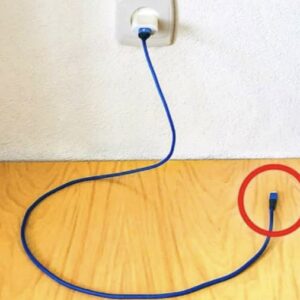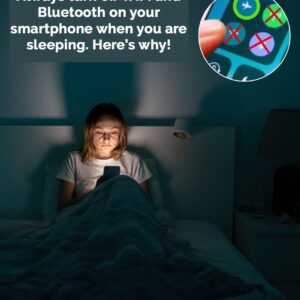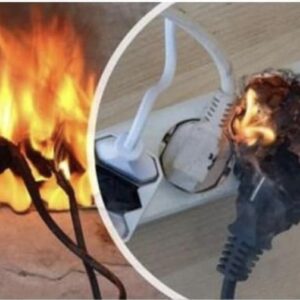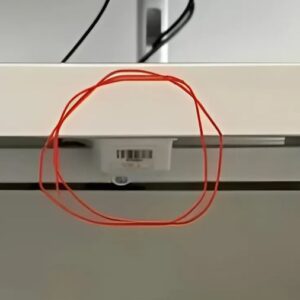When reflecting on the past, it’s astounding to consider how people once lived without electricity. In the modern era, our reliance on electricity is so ingrained that the thought of a day without it is nearly inconceivable.
However, despite the convenience of power strips, most homes lack sufficient power outlets, prompting many to use these strips unknowingly. What often goes unnoticed is that high-energy-consuming appliances can transform power strips into hazardous fire risks.
Devices like air conditioners, space heaters, and toasters, characterized by high wattage, can easily overheat power strips, leading to potential fire hazards. It’s crucial to be conscious of the power strip’s capacity before connecting any device, as the information is typically listed on the product itself.
Here is a list of appliances that should never be plugged into a power strip:
1. Oven: Due to its power-hungry nature, ovens should be plugged into their own dedicated wall outlet on a separate circuit.
2. Refrigerator: The frequent cycling on and off of refrigerators, combined with their high power requirement, necessitates a dedicated wall outlet.

3. Washing Machine: These power-intensive appliances, drawing a substantial amount of power, should have their own receptacle to avoid overloading power strips.
4. Heating: Portable heaters, running for extended periods and using considerable energy, should never be connected to a power strip.
5. Microwave: Given their energy consumption, microwaves should ideally be plugged into a dedicated receptacle.
6. Coffee Maker: Despite being underestimated, coffee makers use significant power and should not be connected to power strips or extension cords.
7. Toaster: Contrary to popular belief, toasters consume substantial energy, warranting a direct connection to a receptacle.
8. Another Power Strip: Connecting power strips to one another violates safety codes and can easily lead to overloading the electrical system.
9. Electronics (Computer, TV, Router): While not individually power-intensive, these devices are sensitive to surges, making it advisable to use power strips equipped with surge protection to prevent damage.
Share this information with your family and friends on Facebook to ensure safety awareness.










